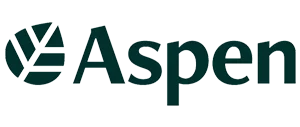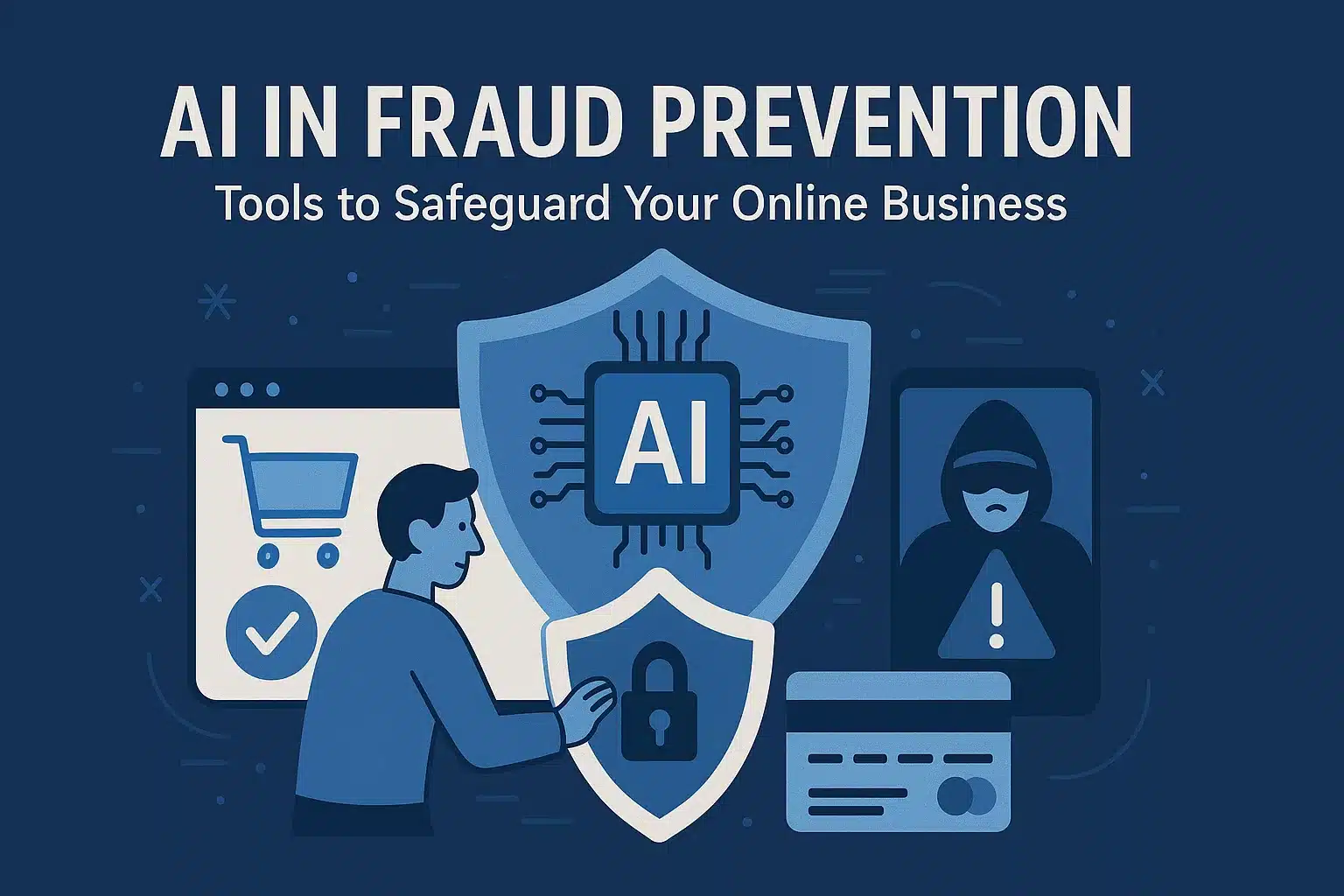Accountant Training Programs: What Is The Need And Why Should Accountancy Firms Invest In It
Many accountancy firms and business owners think their employees are their greatest asset, but the fact is, your greatest asset is a motivated and well-trained team. They are, in reality, the only assets that do not depreciate over time! So, how do you guarantee that your accountant training programs firm promotes a culture of well-trained employees?
It takes much more work to create a team of empowered employees than just splashing out for a team-bonding session at the local lawn bowls club or only launching an accounting course for beginners. It takes time, dedication and training, and in this case, training that includes effective accountant training programs and financial management courses.
Many businesses around the world spend millions on staff accountant training and still get it wrong. So, how does an accounting firm compile a training program to ensure its people are its biggest strength? The solution is a flexible accountant training program where staff will relate to their training and learning management system outcomes and that addresses a wide range of skills, from an accounting course for beginners to more advanced topics, such as accounting management courses.
Let your staff have a say on how half of their educational fund is being spent – you’ll probably be amazed where they think their talent gaps are and how they want to tackle fixing them.
Save Thousands Of Dollars With Coggno Prime Subscription
What amount of your overall budget should go to accounting training courses?
When it comes to drawing your training budgets together, the fact is that there is no exact number that fits the company and your staff. While the total number of hours each staff member spends training each year is about 40 hours, this consists of organized and unstructured training, so that the spending can vary according to your organizational needs and objectives.
If an employee is training to be an accountant of the organization’s expenses, a good rule of thumb is to keep a training budget at 2-3% of expenditure as a proportion of payroll.
How to efficiently train your employees on a budget
An effective way to keep down the costs of accountant training is to conduct knowledge-sharing and learning sessions that employers provide to employees. Not only does this typically include a technical section of training, but it also encourages staff to develop their presentation skills.
To take this a step further, an active learning experience during the accounting management course is then created by allowing employees to engage with the training material and to solve real-life client issues that will be relevant to their situations.
Another cost-effective way to train staff is by e-learning. The e-learning age is well advanced, and a wide array of free or accessible online accountant courses are now readily available at the click of a button. Many accounting courses for beginners are available, and a lot of these online accountant courses come from world-renowned educational institutions like Harvard, Michigan, Stanford, as well as Google and IBM.
Which type of training should you highlight?
While it is essential to improve technical skills in accounting management courses, so it is an investment to enhance soft skills for both yourself and your team. Such competencies should include communication skills and presentation skills.
Many accountants grapple with collaboration and speaking in public in particular – if you and your team can communicate marginally better than average, you’ll have an inherent advantage over many other practitioners. This makes your connections with your clients more robust and gives your staff an open and stimulating environment to work in.
The benefits of investing in accountant training courses
Even though your staff already enter the accounting firm with an existing skill set and knowledge base, there are many reasons why investing in an effective online training program or an online accounting course would be beneficial to your firm:
- You will keep the knowledge and skills of your staff relevant on up to date:
Best practices and industry standards are changing more and more rapidly in today’s world – by ensuring that you have the right training in place, you will make sure your workforce and your firm remain relevant in your industry and stand out from your competition.
- You will foster an engaged workforce:
It is common knowledge that employees who work for an organization that invests time and money in growing their skills are more engaged in general – this means that the organization respects them and that they feel valued.
- You will increase the firm’s staff retention:
Investing in the training of your workforce is one of the best ways of improving staff retention – it fosters a positive working environment and a culture of continuous learning and improvement. All of these will motivate your top-performing employees to remain at the firm and to do their best work.
With the right training initiative and learning environment, you can ensure your people really are your greatest asset.
Last Note
Are you ready to enjoy the benefits of an effective accountant training program in your organization?
Click here to learn more about Coggno’s selection of online health and safety training courses.
Maximize Training, Minimize Costs With Coggno Prime



















